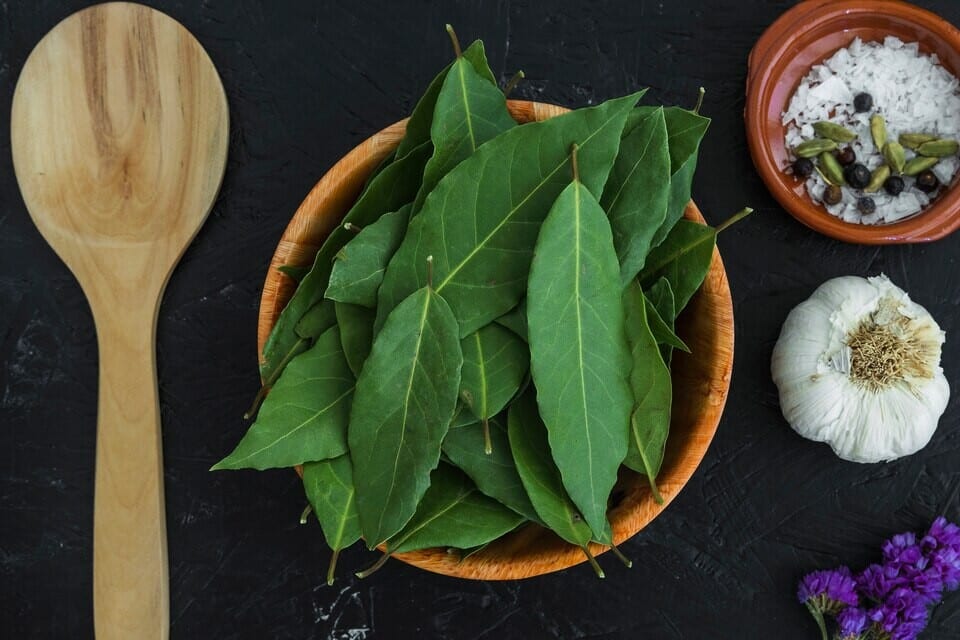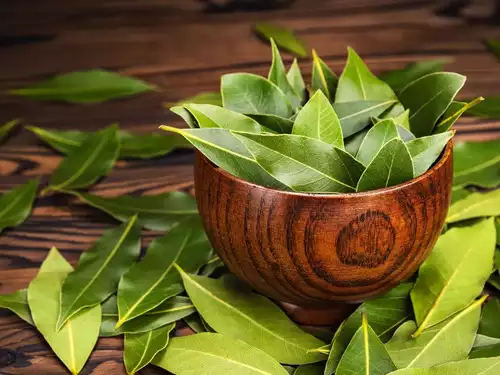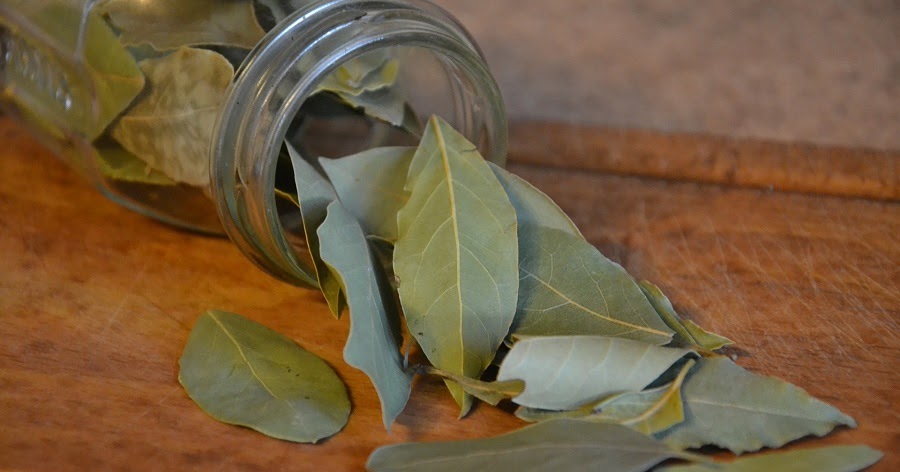What is the use of Tej Patta in cooking?

Tej Patta, commonly referred to as Indian bay leaf, stands as an integral component in the tapestry of Indian cuisine, adding depth, aroma, and flavor to a myriad of dishes. Its versatile nature and distinct fragrance make it a cherished ingredient in kitchens across the Indian subcontinent and beyond. Understanding the use of Tej Patta in cooking unveils a rich culinary tradition deeply intertwined with culture, history, and gastronomy.
The Essence of Tej Patta:
Tej Patta, botanically known as Cinnamomum tamala, originates from the lush landscapes of India, Nepal, and Bhutan. This aromatic leaf, reminiscent of its Mediterranean counterpart, the bay leaf, boasts a unique flavor profile characterized by warm, spicy notes with subtle undertones of cinnamon and clove. Unlike the bay leaf, which originates from the Laurus nobilis plant, Tej Patta exudes a more robust and intense aroma, making it a quintessential ingredient in Indian cooking.
Enhancing Flavor Profiles:
The primary use of Tej Patta in cooking lies in its ability to infuse dishes with depth and complexity. Whether it’s simmering in a savory curry, bubbling in a fragrant biryani, or lending its essence to a comforting dal, Tej Patta elevates the culinary experience to new heights. Its presence not only imparts a subtle spiciness but also enhances the overall flavor profile of the dish, imparting a distinct earthiness that tantalizes the taste buds.
A Staple in Indian Cuisine:
In Indian culinary traditions, Tej Patta finds its way into an array of dishes spanning regional cuisines and culinary styles. From the aromatic curries of North India to the spicy stews of South India, Tej Patta serves as a common denominator, uniting diverse flavors and culinary techniques. Its inclusion in spice blends like garam masala and biryani masala underscores its significance as a foundational element in Indian cooking.
Unraveling the Mystique:
The process of incorporating Tej Patta into culinary creations involves a delicate balance of flavors and aromatics. Typically added during the tempering process, whole Tej Patta leaves are gently fried in hot oil or ghee until they release their fragrant oils, infusing the base of the dish with their essence. Alternatively, ground Tej Patta may be used to season marinades, rubs, or spice mixes, imparting its distinctive flavor to meats, vegetables, and legumes.
Beyond Curries and Stews:
While Tej Patta is commonly associated with savory dishes, its versatility extends beyond traditional Indian fare. In addition to savory preparations, Tej Patta lends itself beautifully to sweet dishes, imparting a subtle warmth and complexity to desserts and beverages. From fragrant rice puddings to spiced chai tea, the addition of Tej Patta adds a layer of sophistication and depth to sweet indulgences.
Culinary Pairings and Combinations:
The culinary potential of Tej Patta knows no bounds, as it harmonizes effortlessly with a myriad of ingredients and spices. Paired with aromatic spices like cinnamon, cardamom, and cloves, Tej Patta forms the backbone of classic Indian masalas, infusing dishes with rich, aromatic flavors. Its compatibility with meats, poultry, seafood, and vegetables makes it a versatile addition to a wide range of recipes, from hearty meat curries to vibrant vegetarian fare.
Preserving Tradition:
In addition to its culinary prowess, Tej Patta serves as a symbol of tradition and heritage, passed down through generations of home cooks and professional chefs alike. Its inclusion in family recipes and regional specialties preserves the essence of Indian culinary traditions, connecting past and present through the shared experience of food and flavor.
In essence, the use of Tej Patta in cooking transcends mere seasoning, embodying a cultural legacy steeped in tradition, flavor, and creativity. Its aromatic allure and culinary versatility continue to inspire chefs and home cooks around the world, enriching the culinary landscape with its timeless presence. As we savor the flavors and aromas of Tej Patta-infused dishes, we pay homage to a culinary marvel that has stood the test of time, leaving an indelible imprint on the palate and the heart.
FAQ:
- What is Tej Patta? Tej Patta, also known as Indian bay leaf or Cinnamomum tamala, is an aromatic leaf commonly used in Indian cooking and traditional medicine.
- How is Tej Patta different from regular bay leaves? Tej Patta has a stronger flavor and aroma compared to regular bay leaves. It is also larger and tougher in texture.
- What dishes can Tej Patta be used in? Tej Patta is used in a variety of Indian dishes including curries, rice dishes, soups, stews, and biryanis to add depth of flavor.
- Can Tej Patta be used in non-Indian cuisines? While Tej Patta is primarily used in Indian cuisine, it can also be incorporated into other cuisines to add a unique aroma and flavor.
- How should Tej Patta be used in cooking? Tej Patta is typically added to dishes whole during the cooking process and removed before serving to impart its flavor without being eaten.
- What flavors does Tej Patta add to dishes? Tej Patta adds a warm, slightly floral, and earthy flavor to dishes, enhancing the overall taste profile.
- Can Tej Patta be used in vegetarian dishes? Yes, Tej Patta is commonly used in vegetarian dishes such as lentil soups, vegetable curries, and rice dishes to enhance flavor.
- Where can I buy Tej Patta? Tej Patta can be found in Indian grocery stores, specialty spice shops, and online retailers offering a variety of spices and herbs.
- How should Tej Patta be stored? Tej Patta should be stored in an airtight container away from direct sunlight and moisture to maintain its freshness and flavor.
- Are there any health benefits to consuming Tej Patta? Tej Patta is believed to have digestive and respiratory benefits due to its aromatic compounds, but it should be consumed in moderation as part of a balanced diet.
Related Posts
Tej Patta and its cultural significance?
-
Posted by
akshita aishwarya
- 1 comment
Tej Patta and its traditional uses in Ayurveda?
-
Posted by
akshita aishwarya
- 1 comment






One thought on “What is the use of Tej Patta in cooking?”